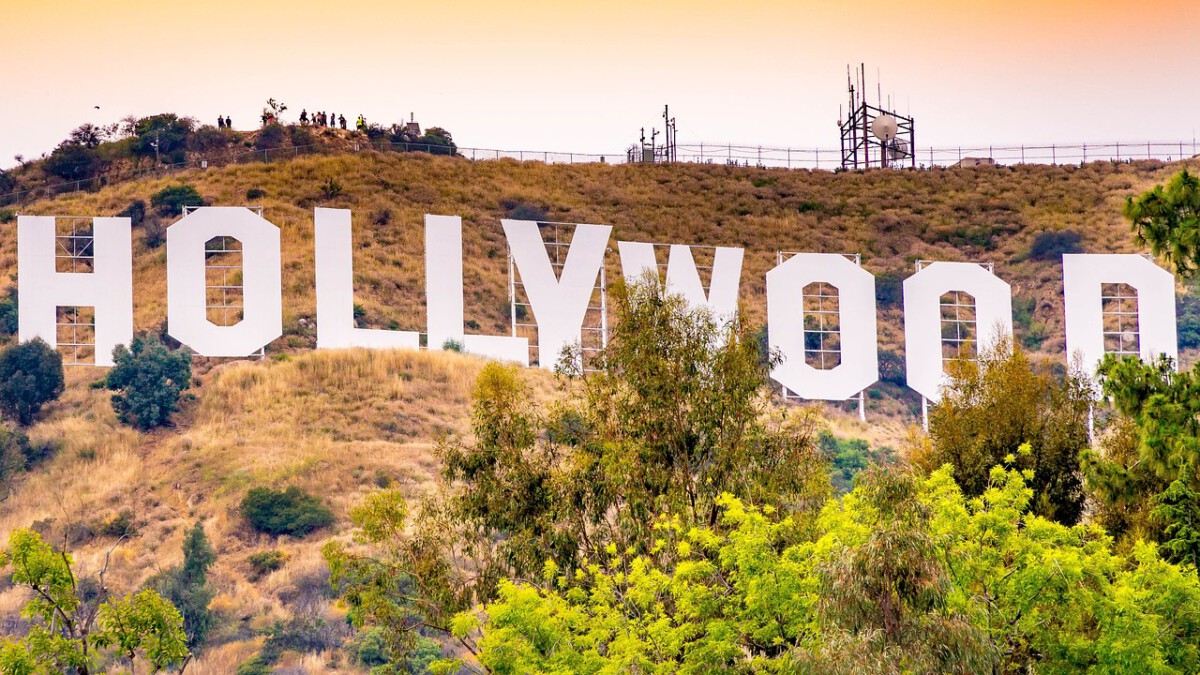Introduction to AI in Hollywood

In the glittering world of Hollywood, where dreams are crafted and stories come to life, technology has always played a starring role. Today, artificial intelligence (AI) is the latest technology taking the spotlight, promising to revolutionize the film industry. However, with great power comes great responsibility. California’s new AI regulations are designed to ensure that this powerful tool is used ethically and responsibly. By setting guidelines to protect creative rights and maintain ethical storytelling, these regulations will have a profound impact on how films are made and consumed. This article dives into what these changes mean for Hollywood and the broader film industry.
The New AI Regulations: An Overview

California’s regulations are a blueprint for how AI should be integrated into filmmaking. At their core, these rules focus on transparency, accountability, and intellectual property protection. Filmmakers are now required to disclose when AI is used, ensuring that audiences are aware of its role in content creation. Additionally, the regulations protect the rights of creators whose work may be used to train AI models, thereby safeguarding their intellectual contributions. Ethical standards are also emphasized, providing guidelines for the responsible use of AI in storytelling. These measures aim to prevent the misuse of AI technologies, ensuring that creativity remains at the heart of filmmaking.
Impact on Creative Processes

AI holds the potential to transform creative processes in filmmaking, offering new ways to tell stories. It can assist in various stages, from scriptwriting to editing, allowing filmmakers to explore novel narratives and styles. However, the regulations emphasize the need for a human touch in these processes. For instance, while AI can suggest plot twists or develop characters, human oversight ensures the emotional depth and authenticity of storytelling are preserved. This delicate balance between human creativity and AI assistance is crucial for maintaining the integrity of films.
– Enhanced Efficiency: AI can streamline production tasks, saving time and resources.
– Data-Driven Insights: Analyzing audience preferences can lead to more targeted content.
– Creative Collaboration: AI tools offer new ideas and perspectives.
Challenges for Filmmakers

Despite the potential benefits, filmmakers face several challenges in adapting to the new AI regulations. Compliance with transparency and ethical standards may require additional resources, posing a particular challenge for smaller production companies. These companies might struggle to allocate the necessary funds to meet regulatory requirements. Moreover, filmmakers will need to educate themselves and their teams about the new guidelines, necessitating training and development programs. Balancing innovation with compliance will be essential, as filmmakers strive to leverage AI’s potential while adhering to the rules.
– Resource Allocation: Smaller studios may find it difficult to invest in compliance measures.
– Training and Education: Understanding the new regulations and ethical considerations is crucial.
– Balancing Innovation and Compliance: A key challenge for filmmakers.
The Role of AI in Audience Engagement

AI is not just reshaping how films are made; it’s also transforming how audiences engage with them. From personalized marketing strategies to interactive storytelling experiences, AI offers new ways to connect with viewers. The regulations encourage studios to explore these innovative approaches while ensuring ethical and transparent practices. For example, AI algorithms can analyze viewer preferences to suggest films tailored to individual tastes, enhancing the viewing experience. Additionally, filmmakers can create immersive experiences that allow audiences to influence story outcomes, making films more interactive and engaging.
– Personalized Recommendations: Tailoring films to individual preferences.
– Interactive Content: Allowing audiences to influence story outcomes.
– Enhanced Marketing Strategies: Optimizing campaigns through data analysis.
The Future of AI in Hollywood

As AI continues to evolve, its role in Hollywood is poised for significant growth. The future holds exciting possibilities, from increased collaboration between filmmakers and AI developers to the emergence of new genres and storytelling techniques. These advancements could challenge traditional narratives and lead to more diverse and inclusive storytelling. However, as regulations take effect, filmmakers will need to adapt their practices to align with new standards. This evolution may lead to a more ethical and responsible use of AI, ultimately benefiting both creators and audiences.
– Increased Collaboration: Filmmakers and AI developers working together.
– Evolving Storytelling Techniques: New genres and methods challenging traditional narratives.
– Greater Inclusivity: Amplifying diverse voices and stories.
Conclusion

California’s AI regulations are set to reshape Hollywood in profound ways. By establishing clear guidelines for the use of AI in filmmaking, these regulations aim to protect creative rights and ensure ethical practices. As the industry adapts to these changes, filmmakers will have the opportunity to harness the power of AI while maintaining the essential human elements that make storytelling so impactful. The future of Hollywood may be bright, but it will require careful navigation of the new landscape shaped by AI.





